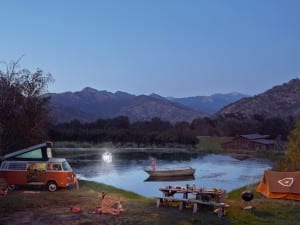“There is so much I can’t say in my photographs, though it’s all there, just below the surface, if you know what to look for,” writes American portrait photographer and educator Jess T. Dugan (b. 1986) in their monograph, Look at me like you love me (2022). The series documents 60 colour photographs – including portraits of individuals and couples, self-portraits and still lifes – interspersed with text that reads like poetic journal entries. Adapted from this photobook is the exhibition now on view at Nerman Museum of Contemporary Art. Dugan’s tender images explore themes of gender and sexuality, as well as love, desire, loss and the dichotomy of looking and being looked at. Aesthetica caught up with the artist to discuss the show, their practice and wider hopes for LGBTQ+ representation in front of and behind the lens.

A: In your photobook Look At Me Like You Love Me (2022), you state: “When I was a child, I obsessively photographed the things that were important to me.” What first sparked your interest in photography? Can you tell us about your early images?
JTD: In hindsight, I always had an interest in photography. I asked for my first camera when I was 11 and photographed everything important to me as a young person: my friends, my teachers, my pets, my home. I wasn’t formally introduced to photography until I was 16, during my last year of high school. I knew immediately that I had found my medium, that my artistic voice was the strongest through photography, which allowed me to engage intimately with myself and with those around me. My earliest serious photographs were of my friends and loved ones in the LGBTQ+ community in Boston, where I came of age. Although my work has evolved and my skills have deepened, my core line of inquiry—how we come to know ourselves and how we engage with others on an intimate level—has always been the same.
A: Look at Me Like you Love Me is a reflection on desire, intimacy and companionship. How did the series come about? Can you tell us about adapting the project for your photobook and current exhibition at Nerman Museum of Contemporary Art?
JTD: Look at me like you love me is my newest body of work, made between 2015 and 2022. It is a continuation of my earlier series Every Breath We Drew, which looked at the intersection of identity and the need for connection with others. The more recent photographs took an even deeper dive into ideas of personhood, intimacy, and desire, asking existential questions about what it means to be alive and to be in relationships with others. My work centres around the importance of being fully seen by another person and the validation and intimacy that comes from this act of recognition.
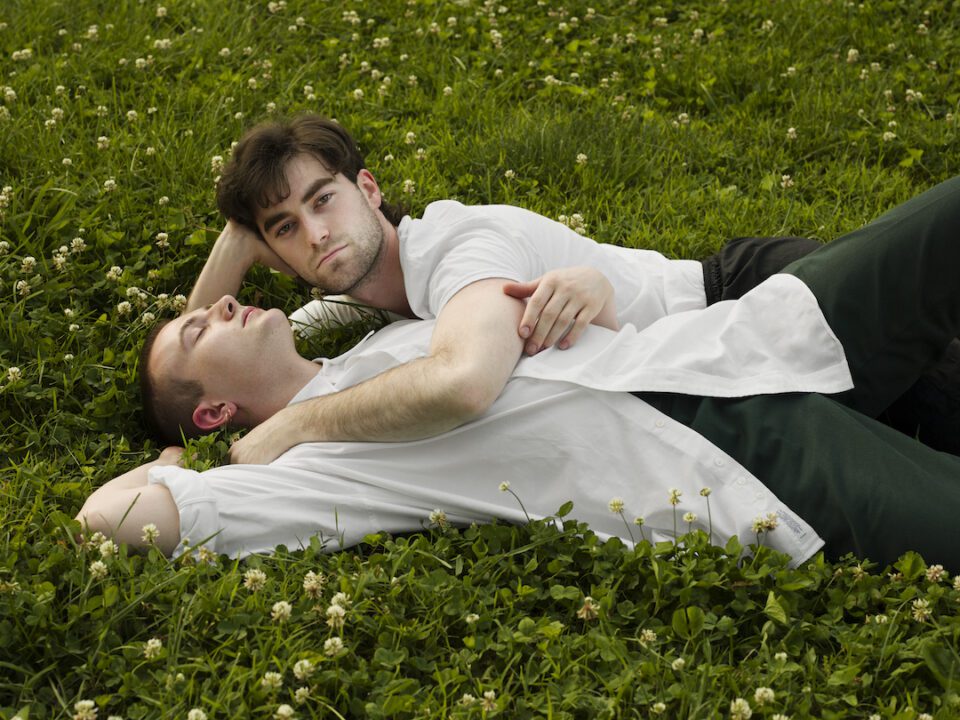
When I was creating the book, I thought of it as a visual poem. We (myself and the MACK team) edited and sequenced it based on emotion, color, gesture and mood. There are original autobiographical texts in the book, interspersed within the photographs. These texts fall into three general categories: writing that tells a particular story or memory, writing that examines my own need to photograph, and writing focusing explicitly on desire. We intentionally separated the texts from their related photographs to introduce ambiguity and to create many points of entry for the viewer.
The exhibition at the Nerman includes ten photographs from Look at me like you love me. We intentionally created a serene, contemplative mood in the exhibition space, encouraging quiet engagement and reflection. In other exhibitions, I have begun to include the text on the wall alongside the photographs and am excited to continue expanding on this in future exhibitions. Similar to the book, all of my exhibitions are edited and sequenced intuitively and emotionally.
A: In Look at Me Like You Love Me, you capture individuals and couples with an intimate, soothing lens. The people in your images appear in control and at peace, not sensationalised. Do you consciously choose to depict your sitters in this way?
JTD: My process of making photographs is very collaborative. I try to create a space in which a real emotional exchange can take place between me and the person I am photographing. I work alone and photograph slowly; my camera is almost always on a tripod, and I work exclusively with natural light, which often requires very slow shutter speeds. My portraits come into existence at the intersection of my own identity and desires and those of another person. I am always aiming to portray my subjects with dignity and to allow them to present themselves the way they would like to be seen while also acknowledging my own subjectivities and my agency as the photographer.
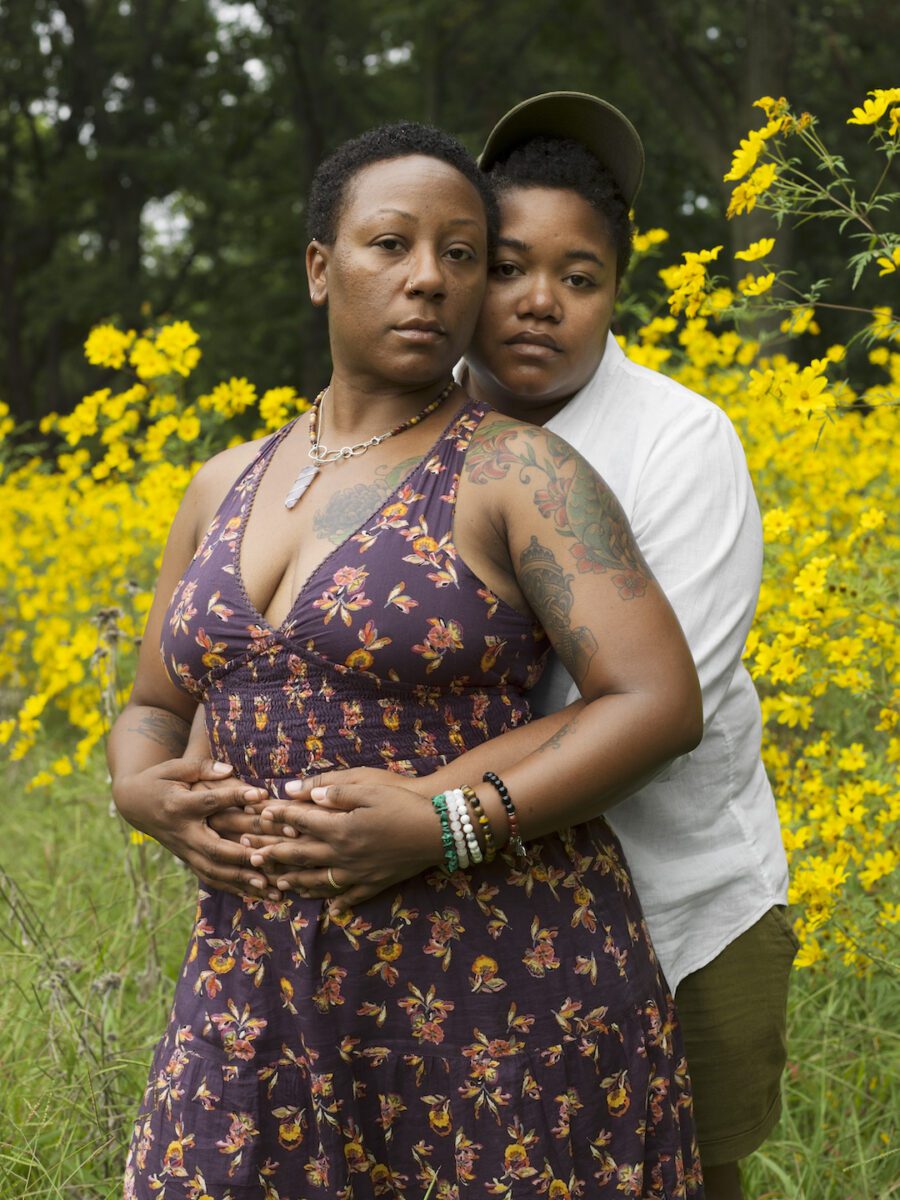
A: At an Artist Talk at CLAMP Gallery in August 2022, you shared: “my choice of subjects is very subjective.” Can you talk about your process of finding sitters to collaborate with? What do you look for?
JTD: Yes, for projects like Every Breath We Drew and Look at me like you love me, which I consider my ongoing, long-term soul work, the way that I find subjects is very intuitive and subjective. I seek out people who I feel connected to, energetically, and who I find compelling. I am drawn to a combination of strength and vulnerability; I seek people who are at home in their identities and bodies, particularly when those identities require active definition against the status quo, and who retain a sense of openness and the ability to be intimate. I’m interested in gentle masculinity and androgyny, in part as a reflection of myself.
A: The exhibition also comprises still life images. When did you start creating still life? What do these varying styles offer your practice? Do you have a preference?
JTD: While I primarily make portraits, I have always created still life images, as well. My earlier still life images were often pairs of items that reference the human body: two pillows, two pairs of boots or jeans, two chairs, etc. These images were a way for me to talk about the universal need for relationships, intimacy, and connection without depicting a specific couple. My newer still life images are more existential: flowers in various states of decay, sunlight on a window, the early morning light falling across a bed. I made many of the still lifes in Look at me like you love me during the pandemic. In hindsight, they were one of the ways I was wrestling with the existential questions raised during that time: what does it mean to be alone? How much of human experience is lost when relationships are severed and we are largely isolated? How do we make sense of the urgency of time and the bigger questions around life and death? In the book, I often pair still life images with portraits in pursuit of an emotional and psychological resonance. In the exhibition space, the still life images act as moments of respite between portraits; they introduce unique emotional notes, allowing me to create a rhythmic and emotional sequence, almost like music.
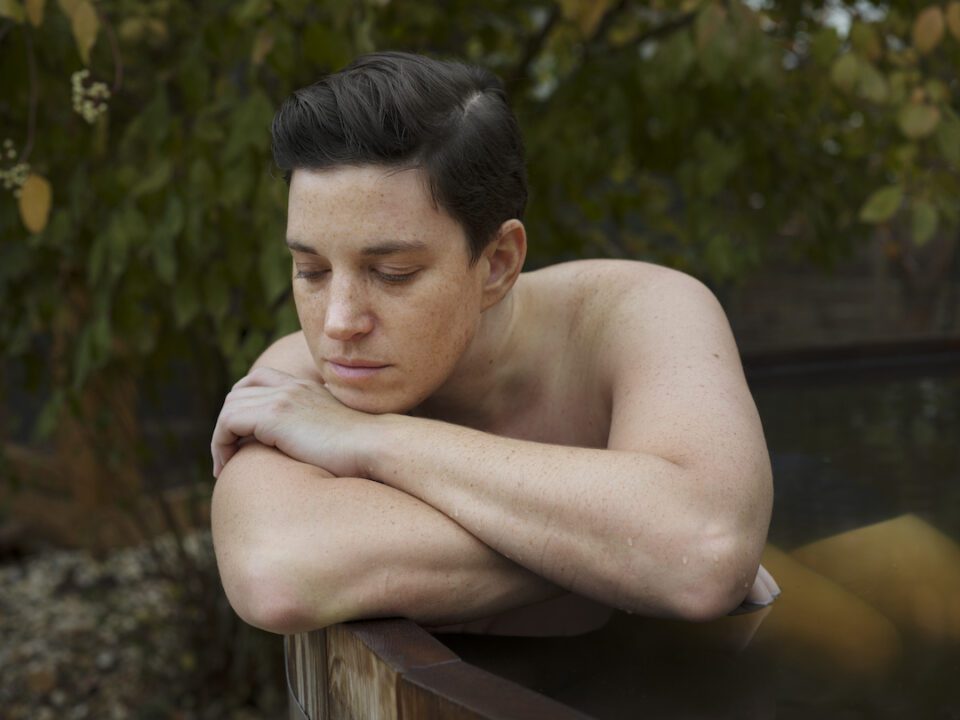
A: Your tender photographs of individuals and couples are also interspersed with self-portraits. How do you use self-portraiture to explore your own experience as a queer, non-binary artist?
JTD: As I mentioned earlier, I have always used photography to understand myself and my relationship to the world around me, and as such, self-portraiture has been a significant part of my practice from the very beginning. In my earlier self-portraits, I was often asserting my body or identity outward, saying, “this is who I am- look at me, accept me, love me.” The newer self-portraits are more internal; in Look at me like you love me, there are five self-portraits, and I am not making eye contact with the viewer in any of them. I am currently in my mid-thirties, and the kinds of questions I’m asking about identity are very different than those I was asking in my mid-twenties. My newer self-portraits are less about my gender or sexuality and are more about personhood and the weight of living.
In addition to my literal self-portraits, I think of Look at me like you love me as an extended self-portrait because my choice of subjects is so reflective of my own identity and desires. The book begins and ends with a self-portrait as a direct acknowledgement of the subjectivity of the work as a whole.
A: In 2004, same-sex marriage was legalised in Massachusetts, following which you created the series Coupled (2006-2008), which is currently on show at MFA Boston. Did you create Coupled as a direct response to this event? How does this project engage with LGBTQ+ activism in the United States?
JTD: Yes, this body of work was very much a response to that particular political moment, which, as you say, included the legalization of same-sex marriage. I was involved with several political organizations at the time, and I did a lot of direct activist work. I created those images to document my community and to create representations of queer female and trans couples, which were, and still are, lacking. The importance of representing queer people and communities has long been a driving force in my work, and placing these images in museum spaces has been a significant focus of my career. I believe it’s incredibly important to see yourself represented, and that representations can function as possibility models and validate identities outside of the mainstream. As you mention, the work is on view at the MFA Boston now (and is part of their permanent collection). Depressingly, given the intense anti-LGBTQ legislation we are facing in so many states, the work is almost more necessary now than it was when it was created.
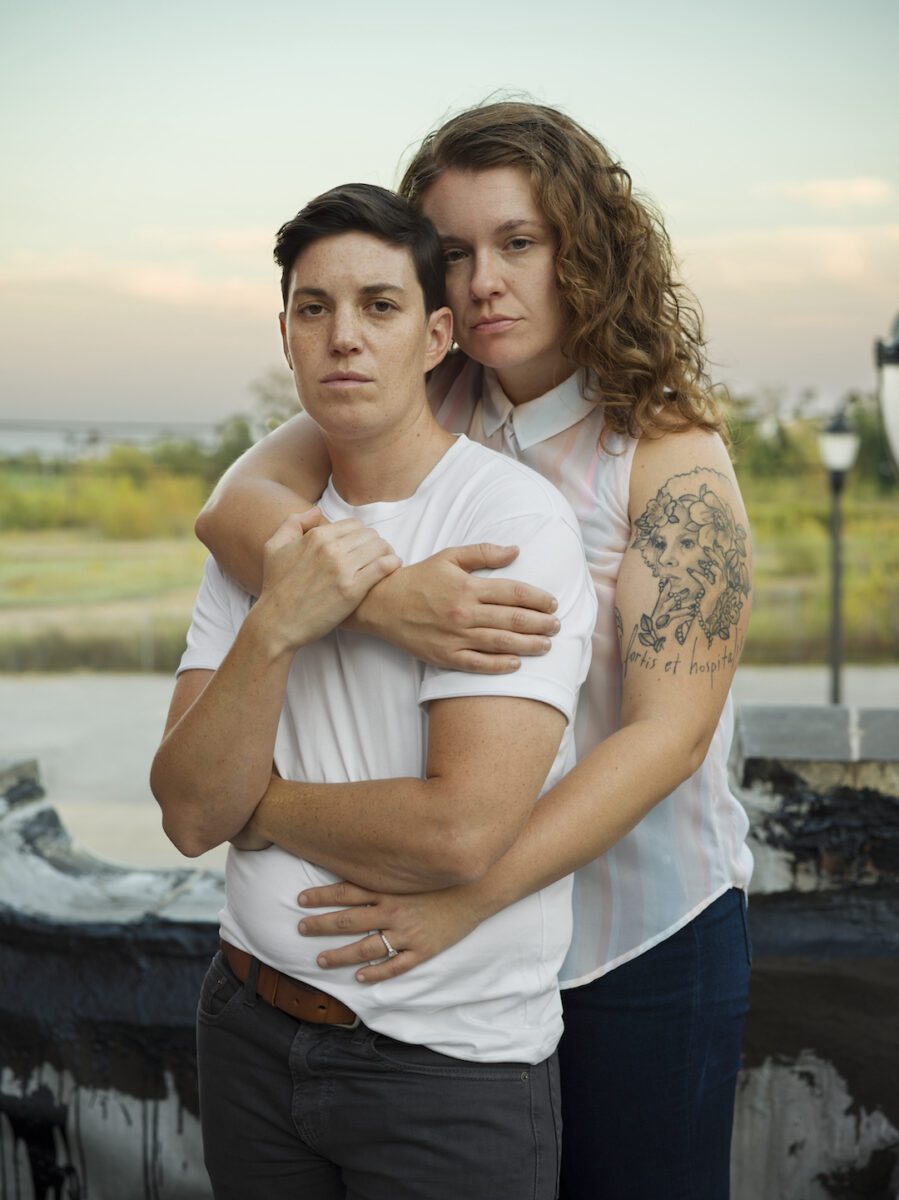
A: In 2015, you were one of the nine LGBTQ+ artists honoured as “Champions of Change” by the White House. What does being a Champion of Change mean to you? What is your hope for LGBTQ+ representation in the future, both in front and behind the camera? What artists inspire you?
JTD: Being chosen as a Champion of Change by the Obama administration was a significant honor. I had the opportunity to visit the White House and be part of a panel about LGBTQ+ art and representation, which was very meaningful to me. My hope for LGBTQ+ representation in the future is that we continue to have more of it, and that these representations come from increasingly diverse makers. We need to move away from a world where LGBTQ+ makers are expected to speak on behalf of an entire community and instead can tell their own stories and make the work they are compelled to make without the burden of representation and education. I am currently working on a series about my family, which includes my identity as a queer and nonbinary parent. Queer families and queer parenting haven’t been explored thoroughly in contemporary art; this is relatively new terrain. I’m excited to contribute to that conversation through the sharing of my own family and personal experiences.
I’m inspired by so many artists and am always looking at work made by my peers and colleagues. I’m also inspired by music: perhaps not surprisingly, I am drawn to artists who focus on storytelling and self-reflection, like Brandi Carlile and Lori McKenna. I often play music while I’m photographing to set a mood or achieve a particular emotion. This is, perhaps, most significant when I’m making self-portraits. Even though I’m acting as the photographer, I also have to find a way to have a real emotional experience as the subject, and music can be very helpful for getting me into the right headspace for that to happen.
Until 7 May | nermanmuseum.org
Interview: Shyama Laxman
Image Credits:
All images courtesy Jess T. Dugan, from Look at me like you love me (2014-2022).
1. Collin at sunset, 2020
2. Oskar and Zach (embrace), 2020
3. Zach and Oskar at sunset, 2020
4. Kelli and Jen, 2017
5. Shira (hot tub), 2020
6. Shira and Sarah, 2020



